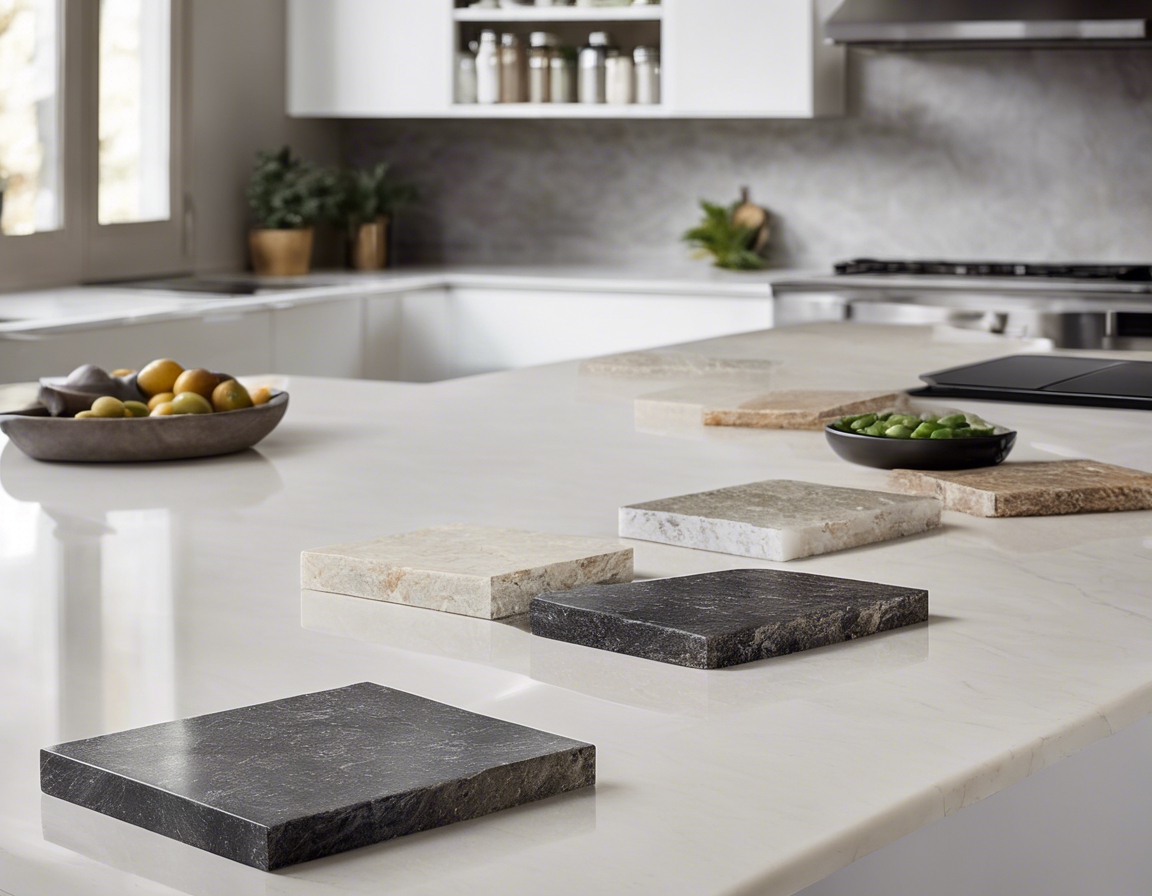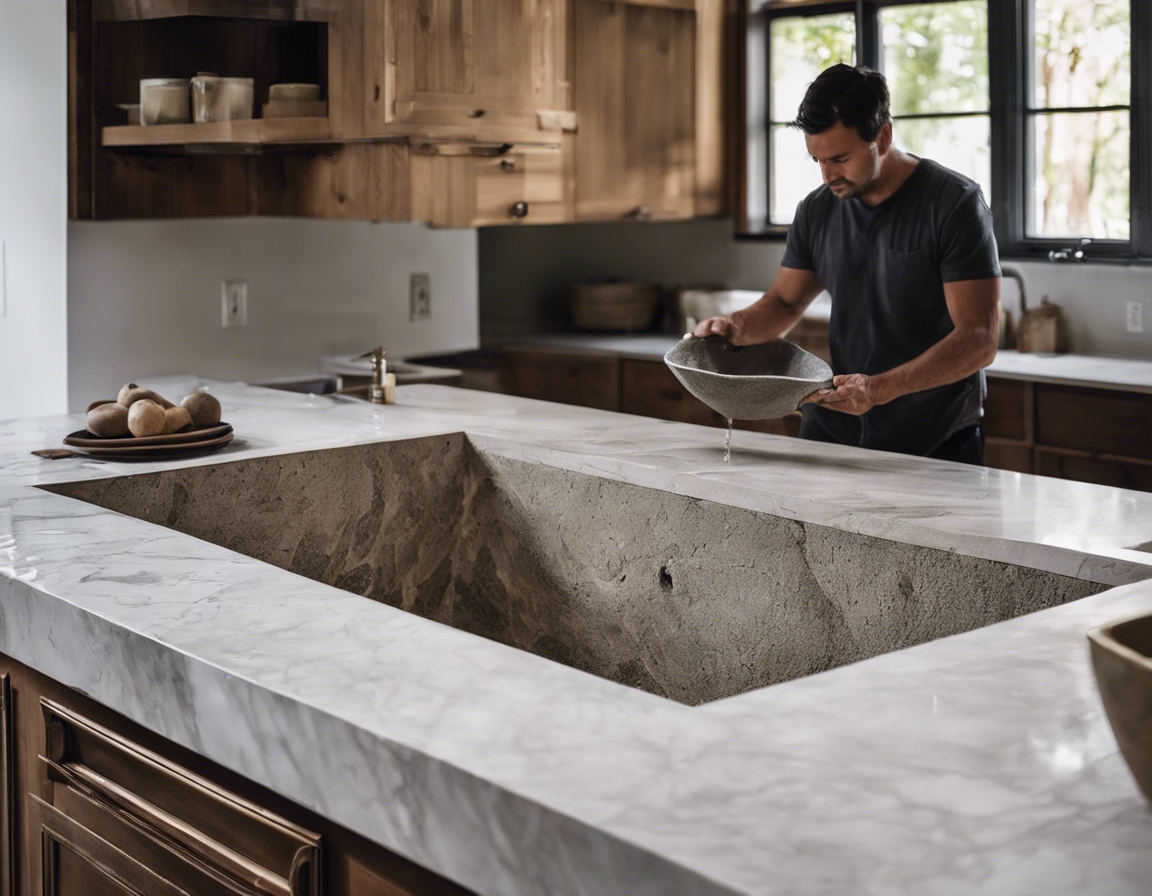How technical drawings elevate your custom stone projects
Technical drawings serve as the blueprint for any construction or design project. They are the visual representation of ideas and concepts that turn visions into tangible results. In the realm of custom stone projects, technical drawings are not just a formality; they are a necessity that ensures the intricate details of stonework are executed with precision and artistry.
Technical drawings, also known as plans or blueprints, are detailed illustrations that depict the dimensions, construction, and materials of a project. They are the language of the builders, architects, and designers, providing a comprehensive guide for the execution of a project.
The Role of Technical Drawings in Custom Stone Projects
Clear communication is vital in any project, especially when it involves multiple stakeholders. Technical drawings act as a universal language, ensuring that everyone from the client to the craftsman is on the same page, reducing misunderstandings and errors.
Accuracy is paramount in custom stone projects. Technical drawings provide exact measurements and angles, which are crucial for the precise cutting and fitting of stone materials.
Custom stone projects often involve complex designs and unique features. Technical drawings allow for the exploration of intricate patterns and custom shapes, ensuring that the final product matches the client's vision.
Technical Drawings: A Step-by-Step Guide
The first step in creating technical drawings is to develop an initial concept and take precise measurements of the space. This foundational work is critical for the accuracy of the subsequent drawings.
Once the basic layout is established, the technical drawing is refined with details and specifications. This includes the type of stone, finish, and any special features or embellishments.
Technical drawings often go through several revisions. Feedback from the client and collaboration with the construction team lead to the finalization of the drawings, ensuring that every detail is perfect before the project begins.
The Advantages of Using Technical Drawings
Technical drawings help in avoiding costly mistakes and wastage of materials. By having a clear plan, projects can be budgeted more accurately, and resources can be managed more efficiently.
With a detailed plan in place, project timelines can be better managed. Technical drawings streamline the construction process, saving time and allowing for smoother project execution.
The precision that technical drawings bring to a project contributes to the overall quality and durability of the stone work. This meticulous approach results in a final product that not only looks exceptional but also stands the test of time.
Technical Drawings and Material Selection
Selecting the appropriate stone for a project is crucial. Technical drawings can help in visualizing how different stones and finishes will look in the intended space.
Each type of stone has unique properties that make it suitable for different applications. Technical drawings assist in determining the best use of stone based on its characteristics, such as durability, color, and texture.
Integrating Technical Drawings with Modern Technology
Advancements in technology have enhanced the capabilities of technical drawings. 3D modeling allows clients and designers to visualize the project in a realistic manner, making it easier to make informed decisions.
CAD software has revolutionized the creation of technical drawings. It provides precision and flexibility, allowing for quick adjustments and more detailed representations of custom stone projects.






Comments (0)